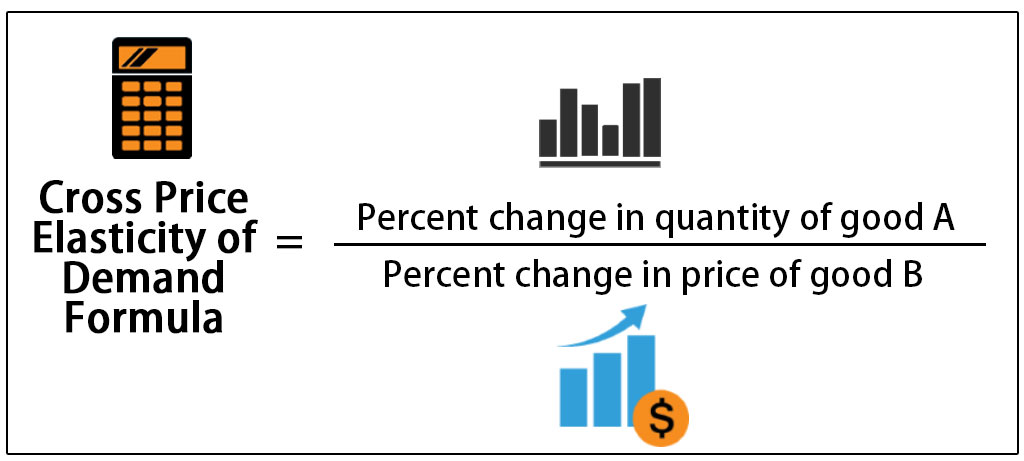Back to: ECONOMICS SS2
Welcome to class!
In today’s class, we will be talking about the cross elasticity of demand. Enjoy the class!
CROSS ELASTICITY OF DEMAND

CONTENT
- Definition
- Types (Positive and Negative)
- Measurement of Income Elasticity of Demand
DEFINITION
Cross Elasticity of Demand is the degree of responsiveness of quantity demanded of commodity X to a little change in the price of commodity Y. Cross elasticity of demand applies mainly to goods that are close substitute as well as complementary goods. For example, the demand for Milo will increase as a result of an increase in the price of Bournvita, all other things being equal.
Mathematically, cross elasticity of demand can be expressed as
% change in quantity demanded of commodity X
% change in the price of commodity Y
TYPES OF CROSS ELASTICITY OF DEMAND
- Positive Cross Elasticity of Demand: With substitute goods, the cross elasticity of demand is always positive, (i.e. greater than zero), which means it is Elastic. This positive relationship is high with close substitutes and low with substitutes not very close.
- Negative Cross Elasticity of Demand: With complementary (or jointly demanded goods), e.g. car and petrol, the cross elasticity of demand is always negative (i.e. less than zero), which means it is Inelastic. Here, too, high negative cross elasticity of demand indicates that the goods involved are highly complementary and, vice versa, i.e., low negative cross elasticity of demand means that the goods concerned are not highly complementary.
EVALUATION
- Briefly explain cross elasticity of demand
- Differentiate between complementary goods and substitute goods in relation to cross elasticity of demand.
Illustration:
The table below shows the response of quantity demanded to changes in price for two pairs of commodities. Use the table to answer the questions that follow:
Commodities Changes in Commodities Changes in Quantity
Price Demanded
Old# New# Old kg New kg
Bread 25 40 Yam 1000 3000
Litre of petrol 50 100 Car 400 250
Calculate the cross elasticity of demand for (i) Bread and Yam, (ii) Petrol and Car.
SOLUTION:
- Cross elasticity of demand for bread and yam
Let x = yam, y = bread
Old demand = 1000kg, New demand = 3000kg
Change in demand = 3000 – 1000 = 2000kg
2000 x 100
= 1000 1 = 200%
Old price = #25, New price = #40
Change in price = 40 – 25 = #15
15 x 100
25 1 =60%
CE = 200
60 = 3.3%
- Cross elasticity of demand for petrol and car
Let x = car, y = petrol
Old demand = 400, New demand = 250
Change in demand = 400 – 250 = 150cars
150 x 100
400 1 = 37.5%
Old price = #50, New price = #100
Change in price = 100 – 50 = #50
50 x 100
50 1 = 100%
CE = 37.5
100 = 0.4%

EVALUATION
- How would you deduce complementary goods from a calculation of cross elasticity?
- WAEC June 2000 Question No 2.
In our next class, we will be talking about Price Control/Legislation. We hope you enjoyed the class.
Should you have any further question, feel free to ask in the comment section below and trust us to respond as soon as possible.

I love the lesson. The notes are up to date
given the figures below:
price of commodity x in 2004=20.00
price of commodity x in 2005=30.00
Quantity of x supplied in 2004=20kg
Quantity of x supplied in 2005=25kg
a) calculate
i)the percentage change in quantity supplied
ii) co efficient of price elasticity of supply (E5)
b) from your answer in
i) is the supply elastic or inelastic
ii) how do you know this